An electric bike is a bicycle that has an electric motor built into it, which assists the rider’s pedaling power.
Although riding an electric bike is basically the same as riding a regular bike, many people are still a little afraid of riding it. I have ridden dozens of e-bikes and I can assure you that there is nothing to afraid of.
In this blog post, I will provide a thorough guide on how to prepare for the ride and teach you different riding techniques, and safety considerations.
Riding an Electric Bike is Slightly Different
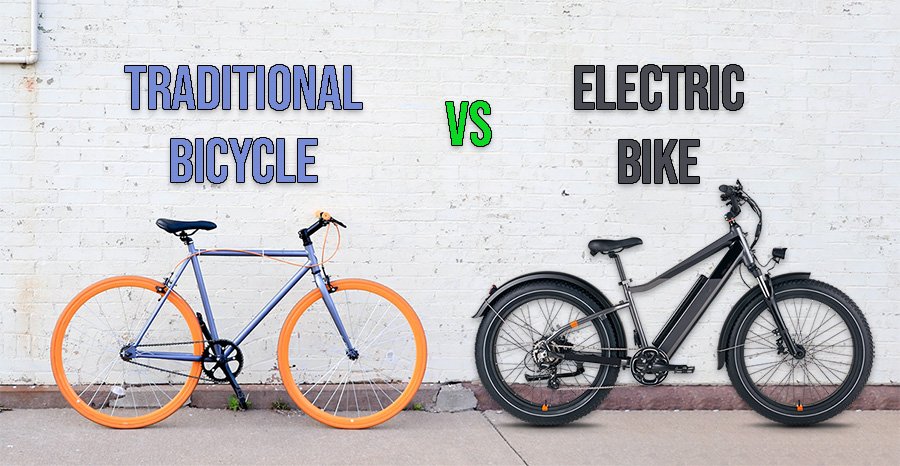
First of all, e-bikes have an electric motor that traditional bikes don’t have. While headwinds and hill climbing with regular bikes are quite tough, it will require much less effort with an e-bike.
Secondly, due to the addition of the motor and battery, e-bikes are much heavier. It will affect the handling and stability of the bike.
Thirdly, electric bikes can reach higher speeds than regular bikes. Because of that, e-bike riders must be more focused and alert in traffic.
Finally, e-bikes require different maintenance than regular bikes, such as regular charging and monitoring of the battery.
Related: 25 Pros and Cons of E-Bikes
Step-by-Step Guide On Riding an E-Bike
No, riding an electric bike is not hard. On the contrary, many people find it even easier to ride with an e-bike compared to a traditional bike.
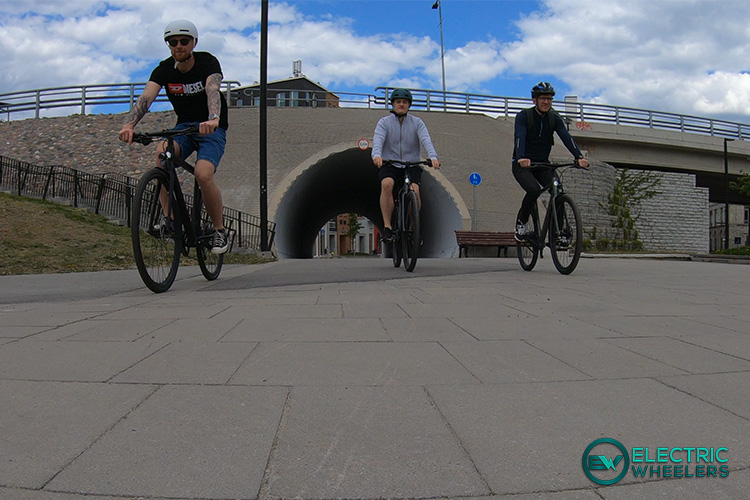
However, like with any other new activity, it may take some time to get used to riding an electric bike. E-bikes have additional components that you must understand and different safety considerations you must take into account.
Here is a step-by-step guide on how to ride an electric bike.
1. Adjust the Seat and Handlebars
The first one is actually the same as you should do before riding a traditional bike.
Before you start riding with an e-bike, make sure the seat and handlebars are adjusted according to your height. It’s important so you can ride comfortably and with proper posture.
2. Check the Battery Status
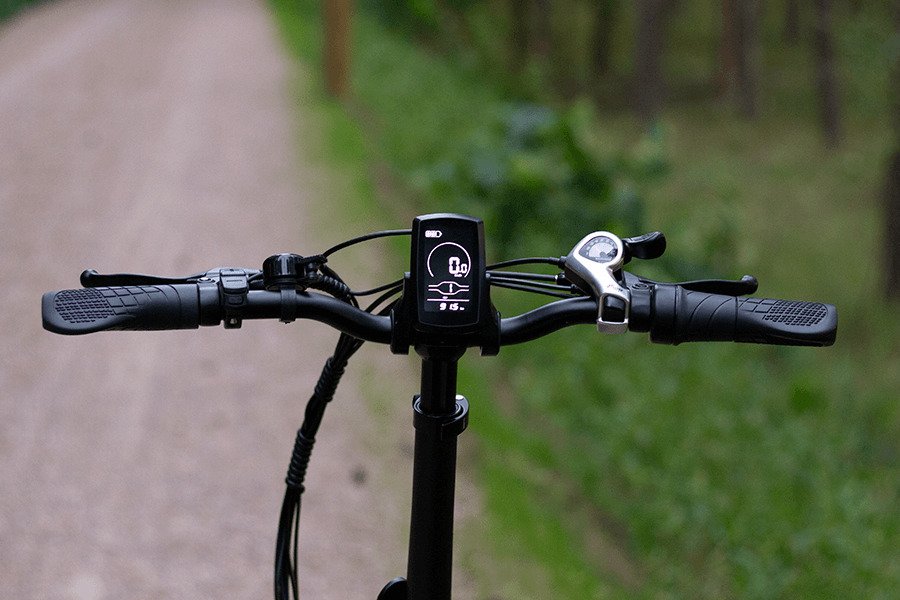
Next, you should check the battery charge. First of all, make sure the battery is charged, and secondly, evaluate the distance you want to travel and ensure that there is enough battery power for it.
3. Understand the Different Modes and Controls
Electric bikes have different modes of operation such as pedal assistance and throttle only. Also, there are usually different speed modes, which give you a different amount of assistance.
It’s important to familiarize yourself with those modes and understand how to switch them during your ride.
After you have prepared your e-bike accordingly, it’s time to hop on the bike.
4. Starting and Accelerating
Electric bikes have a power button you must switch on before the ride. Unless you don’t switch on the power, the e-bike will behave like a regular bike.
Some e-bikes have an ignition key just like cars. In this case, you must insert the key first and then turn on the bike from the button.
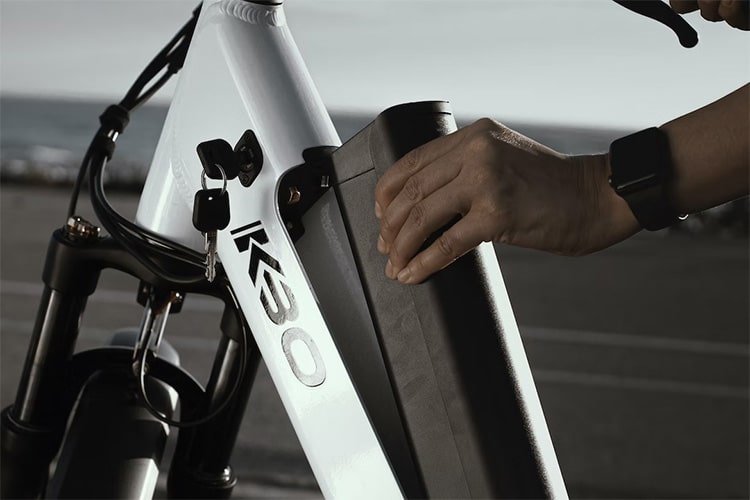
To start the bike, you just have to start pedaling. After a couple of pedal strokes, you feel how the motor kicks in and the pedaling becomes very easy.
Alternatively, if the bike has a throttle (twist-grip or thumb-activated), you can start an e-bike by engaging it. In this case, you don’t have to pedal at all to keep the bike moving.
5. Braking
Usually, electric bikes have the same type of brakes as regular bikes. However, since e-bikes are heavier, you may need a longer braking distance.
E-bikes come in different price tiers. The ones in higher-end tend to have hydraulic brakes, which provide very good stopping power. But cheaper models might have less efficient brakes.
At the beginning of your ride, test your brakes and make sure you can stop the bike safely if needed.
6. Changing Speed Modes
As we mentioned earlier, e-bikes have different speed modes. Before the ride, you familiarized yourself with them. Now is the time you can actually test them out.
Try out all the different speed modes and see how much assistance each level gives. Then you can choose the correct speed mode accordingly.
You might need different speed modes for riding against the headwind, climbing an incline, or riding in a crowded area.
7. Climbing Hills
Climbing hills are much easier with an ebike than with a traditional bike.
However, it is still important to maintain proper balance and use bicycle gearing effectively to conserve energy.
8. Maintaining Balance
Maintaining a balance with an electric bike is very similar to the traditional bike. But keep in mind that an e-bike is heavier due to the added weight of the motor and battery.
So balancing an e-bike might be a bit more difficult at first. But after a short practice, there is no difference from riding a regular bicycle.
Where to Practice?
Since riding an electric bike is slightly different from riding a traditional bike, a little practice would be helpful. It may take some time to get used to with added weight and additional power.
Start with short rides and gradually increase the distance and difficulty of your rides.
When learning to ride an electric bike, it’s important to practice in a safe environment, where there is not much traffic.
Here are some examples:
- Bike paths
- Parks
- Empty Parking Lots
- Residential Streets

E-Bike Riding Tips
1. Wear Protective Gear
To ensure your safety while riding an electric bike, it’s important to wear protective gear. You should wear a helmet while riding a regular bike too but it’s even more important if you ride an e-bike.
E-bikes have higher speeds and if you get into an accident, injuries can be much more serious. Also, because of the added weight and power, e-bikes have different dynamics.
In addition to the helmet, we recommend you wear bicycle gloves and appropriate footwear too.
2. Follow Traffic Laws
When riding an e-bike, it’s important to follow the same traffic laws that apply to traditional bicycles. This includes obeying traffic signals and signs, riding in the same direction as traffic, and using hand signals to indicate your intentions.
However, in some areas, there might be some restrictions on e-bikes. So make sure you know the local laws about e-bikes.
3. Be Aware of the Surroundings
As with any form of cycling, it’s important to be aware of your surroundings when riding an e-bike. Keep an eye out for cars, pedestrians, and other cyclists, and be prepared to react quickly to changing conditions.
But keep in mind that an e-bike is faster than a regular bike. However, pedestrians and cars might not know you are on an e-bike. Make sure that they have evaluated your speed correctly when approaching an intersection or a crowded place.
4. Maintain Your E-Bike Properly
To keep your e-bike in good condition and ensure a safe and reliable ride, it’s important to maintain it properly.
This includes regularly checking the brakes, tires, and battery, and performing routine maintenance such as lubricating the chain.
If you’re not confident in your ability to perform maintenance tasks, consider taking your e-bike to a professional for regular service.
Common Laws for Electric Bikes
Laws for electric bikes vary by country and region.
In the United States, electric bikes are classified into three classes:
- Class 1: E-bikes that only provide assistance when pedaling, and stop assisting when the bike reaches 20 mph. These bikes are considered bicycles and are subject to the same laws as traditional bikes.
- Class 2: E-bikes that can be powered both by a throttle and by pedaling. These bikes are also considered bicycles but may be subject to additional regulations in some jurisdictions.
- Class 3: E-bikes that provide assistance when pedaling up to 28 mph, and are equipped with a speedometer. These bikes may be subject to additional regulations, such as a requirement for a helmet, in some jurisdictions.
In Europe, the legal speed limit for electric bikes is 25 km/h in most countries.
In addition to these classifications and speed limits, there are other laws that may apply to electric bikes, including regulations regarding the use of bike lanes, restrictions on the use of e-bikes on certain trails, and requirements for the use of lights and reflectors.
E-Bikes Have Mostly the Same Rules As Bicycles
In most cases, e-bikes have similar rules of the road to traditional bikes. However, there may be some additional regulations for e-bikes in some places, depending on the classification of the e-bike.
For example, in the United States, Class 3 e-bikes may be subject to additional regulations, such as a requirement to wear a helmet, or restrictions on the use of bike lanes or certain trails.
It’s important to check local laws and familiarize yourself with the rules.
Final Words
To sum it up, riding an e-bike is fairly easy and it doesn’t differ much from riding a traditional bike.
However, there might be a short learning curve to get to know all the e-bike specific components and controls.
If you follow the tips provided in this article, you will familiarize with your new bike in no time. Happy riding!

The founder and the editor-in-chief of the Electric Wheelers blog. With a previous background in IT, sales, and video editing, he has now established himself as a micromobility expert.
He bought his first e-scooter over 5 years ago and since then has owned dozens of e-scooters and e-bikes. His deep understanding of the technical aspects, coupled with a keen eye for market trends, enables him to provide insightful and reliable content.
His commitment to promoting sustainable and efficient urban mobility solutions has made him a respected voice in the community of eco-friendly transportation enthusiasts.

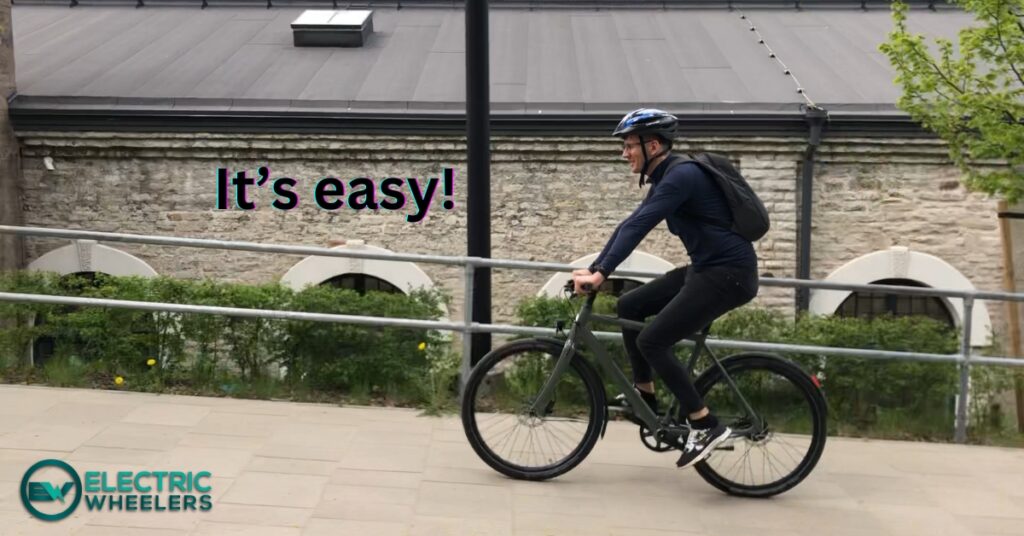

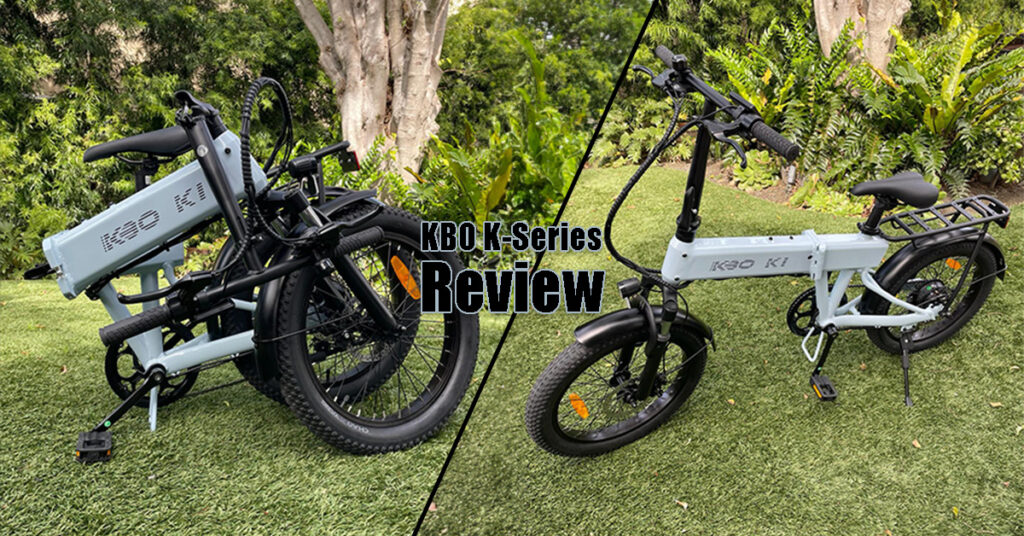

This is a nicely written and very informative article. If you plan to buy an e-bike, I recommend reading this article first. It tells you everything about riding an electric bike.